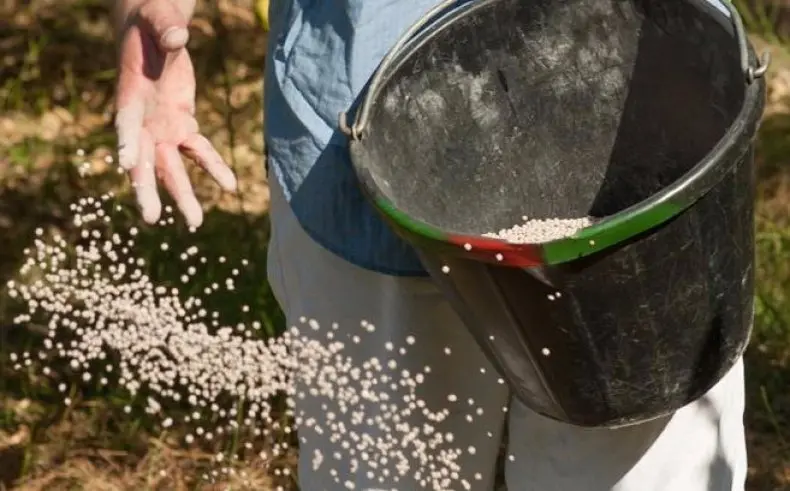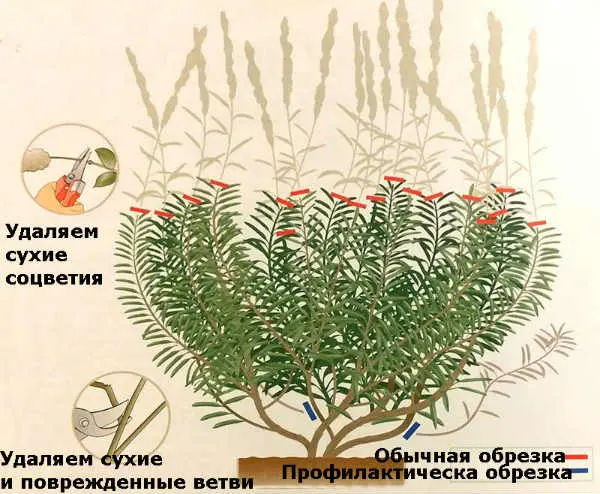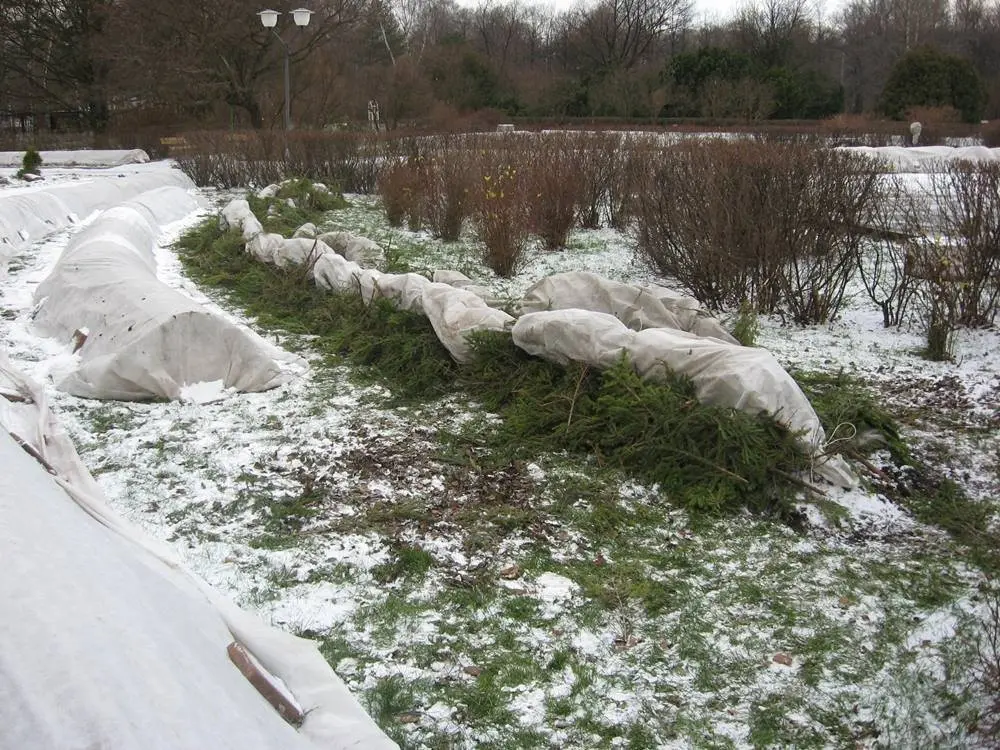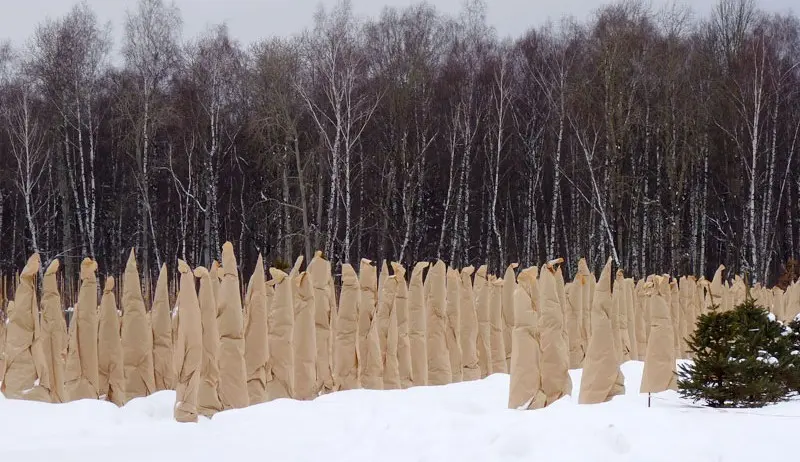Contents
The beneficial properties of lavender essential oil are known to many. Therefore, this culture can be found in almost every garden plot. Today we will tell you how to cover lavender for the winter, taking into account the characteristics of various climatic zones.
Pruning rules in autumn
Lavender belongs to the group of heat-loving crops. However, thanks to the efforts of domestic and foreign breeders, several dozen frost-resistant varieties were bred that are not afraid of winter cold and quickly recover with the arrival of the first spring heat. In order for the plant to successfully overwinter, you need to properly prepare it for the upcoming cold weather.
Lavender care in the fall includes the following activities:
- cleaning of broken branches, fallen leaves and dry vegetation on the territory of the dacha;
- removal of weed grass and loosening of the soil in the near-stem circle of the shrub and between the rows of garden plants;
- anti-aging pruning of the bush;
- top dressing with mineral fertilizers;
- mulching the soil and sheltering the aerial part of the shrub.

Most ornamental and fruit crops need abundant soil moisture. Moisture-charging irrigation, which usually occurs at the beginning of autumn, soaks the soil well and nourishes growing crops all winter. Lavender, on the other hand, prefers dry soil. Excess moisture in the soil can cause rotting of the root system and leads to a halt in the growth and development of plants. For this reason, it is better to abandon the autumn watering of lavender shrubs.
As for pruning a bush, many novice gardeners believe that only old, wind-damaged and insect-injured branches should be removed in the fall. This opinion is incorrect, because in severe frosts, thin shoots freeze out and do not recover in the spring. The plant becomes weak and susceptible to various diseases. The lavender shrub will cope even with the most severe frosts, if its shoots are cut correctly and the root system is correctly insulated.
So, first you need to identify the branches that bloomed two seasons in a row. The selected shoots are not completely shortened, only the green part is cut off. Please note that the distance from the cut to the matured wood should be about 3 cm.

Video: “Lavender anti-aging pruning”
From this video you will learn how to properly cut the shoots of an ornamental shrub before wintering.
Subsequent top dressing
Autumn is an ideal time to feed plants growing in the garden with complex mineral fertilizers. But the composition of the mixture should not contain nitrogen-containing drugs. To enrich the soil, you can use ready-made potassium-phosphorus mixtures for ornamental shrubs growing in open ground.
If the lavender bush was planted this season, no fertilizer is needed. The young seedling has not yet had time to choose from the soil nutrients and useful substances that were laid during planting.
Shelter Tips
Now let’s consider the question of how to cover lavender bushes for the winter. There are several general rules for preparing tall shrubs for the upcoming cold and frost:
- Collect all the branches of the bush in a single bundle. Tie this bundle with twine. In this way, snow can be prevented from getting inside the bush.
- Mulch the soil in the trunk circle with peat, straw, hay, small spruce twigs, dry earth and sand. The height of the mulch layer should be within 15–30 cm. It is not recommended to use dry fallen leaves as mulch. The root system of lavender, covered with fallen leaves, begins to rot over time.
- The aerial part of the ornamental shrub should be insulated with any non-woven covering material. To enhance thermal insulation, you can build a “hut” from pine or spruce branches.
Regional features
Features of the preparation and shelter of garden crops growing on the territory of the summer cottage depend on the climatic zone of growth. So, the preparation and shelter of lavender in central Our Country, including in the Moscow region, begins in early autumn. This region is characterized by warm winters with little snow, however, sharp temperature fluctuations are more dangerous for ornamental plants than severe frosts.
During the thaw period, melt water settles in the ground, unexpected cooling and severe frosts lead to the formation of glaciation on the roots. To prevent glaciation of the root system, lavender bushes need to be mulched with peat, straw and hay. In severe frosts, branches should be insulated with any non-woven covering material.
Grown in the Kuban, Crimea, Krasnodar, Stavropol and other southern regions of the country, lavender is not covered for the winter. The trunk circle is mulched with peat and straw, the branches are tied and bent to the ground so that the gusty wind does not damage them.
Shrubs growing in the northern regions of Our Country require more thorough preparation and shelter. In the Volga region, Siberia and the Urals, where the air temperature can drop below 35 ° C, lavender is insulated with agrofibre, lutrasil, jute or geotextile fabric. Pine or spruce branches are laid on top of the covering material, which keep the heat in, but do not interfere with air circulation.

It is not recommended to use a polyethylene film that does not allow air to pass through. The lack of holes for air exchange leads to the accumulation of moisture inside. The plant becomes covered with mold and begins to rot.
Properly selected planting material will help prevent freezing of horticultural crops. The following winter-hardy lavender varieties are suitable for the northern regions: Buena Vista, Beechwood, Rosea, Alba, Hidcote Blue, Hidcote Giant, Munstead, etc.
Wintering of potted species
Recently, potted types of ornamental plants are gaining popularity. Cultivated in flower containers and pots, lavender is widely used in landscape design to decorate terraces, arbors, columns and garden arches.
Preparation of potted lavender species for wintering consists in pruning shrubs and applying mineral fertilizers to the soil. Potted lavender should not be left outside; crops that are not resistant to cold and frost will not withstand a drop in air temperature. So that small lavender bushes do not die in winter, it is recommended to transfer flower tubs to a heated room.

Common Mistakes
Out of ignorance and inexperience, some novice gardeners incorrectly prepare ornamental shrubs for wintering. For example, abundant soil moisture and improperly selected mineral fertilizers will cause lavender to die with the onset of the first frost. Violation of pruning technology adversely affects the winter hardiness of plants. Pruning in late autumn is a major cause of frostbite in ornamental shrubs, as lavender takes time to heal and recover.
Another common mistake among novice gardeners is to “wake up” garden culture early. With the arrival of spring warmth, you should not rush things by opening shrubs and removing dried tops. Lavender wakes up much later than other ornamental plants.










